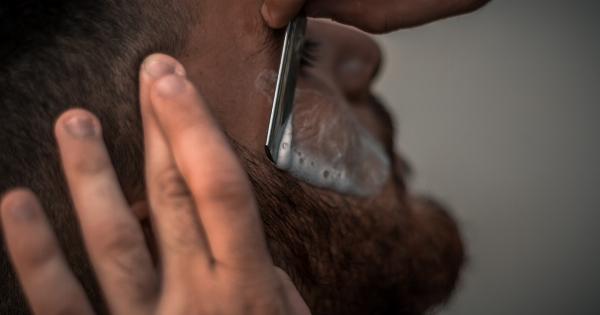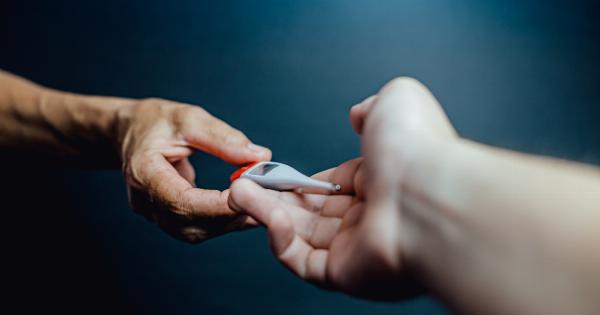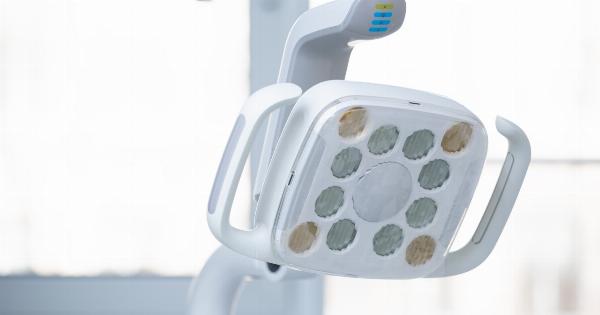Bandages have been a crucial part of wound care for centuries. They protect wounds from bacteria, prevent further injury, and promote healing.
However, traditional bandages lack the ability to detect infections early on, leading to delayed treatment and potentially serious complications.
A Breakthrough in Bandage Technology
Advanced bandage technology has revolutionized the medical field by integrating infection detection capabilities into bandages. One such innovation is the use of color-changing indicators that alert healthcare providers to the presence of an infection.
How Color-Changing Bandages Work
Color-changing bandages are designed with special indicators that react to the presence of pathogens or bacteria commonly associated with infections.
These indicators are incorporated into the bandage material, and when exposed to certain bacteria, they undergo a chemical reaction that causes them to change color.
Types of Color-Changing Bandages
There are several types of color-changing bandages available, each with its unique approach to infection detection:.
1. pH Indicators
Bandages with pH indicators change color in response to the acidic or alkaline byproducts produced by bacteria. An increase in acidity indicates a potential infection, and the color change alerts healthcare providers to take appropriate actions.
2. Enzyme-based Indicators
These bandages use enzymes that react specifically to certain bacterial enzymes associated with infections. When these enzymes come into contact with the indicator, a color change occurs, indicating the presence of an infection.
3. Oxygen-sensitive Dyes
Bandages containing oxygen-sensitive dyes change color when the wound becomes poorly oxygenated due to the presence of bacteria. This change in color can help identify infected wounds that require medical intervention.
Benefits of Color-Changing Bandages
Color-changing bandages offer several advantages over traditional bandages:.
1. Early Detection
By detecting infections at an early stage, color-changing bandages allow healthcare providers to initiate treatment promptly. This early intervention can prevent the infection from spreading and reduce the risk of complications.
2. Non-Invasive Monitoring
Color-changing bandages eliminate the need for invasive procedures, such as wound swabs or tissue biopsies, to detect infections. This non-invasive monitoring simplifies the process and minimizes patient discomfort.
3. Improved Patient Compliance
Patients are often uncertain whether their wounds are infected or not. Color-changing bandages provide a clear visual indication, empowering patients to seek medical attention when necessary.
4. Cost-Effective Solution
While advanced bandage technology may seem expensive, it can potentially reduce healthcare costs in the long run. Early detection and timely treatment of infections can prevent prolonged hospital stays, additional tests, and extensive wound care.
Future Developments
The field of advanced bandage technology is continuously evolving. Researchers are exploring new methods to enhance the sensitivity and accuracy of color-changing bandages. Some exciting developments include:.
1. Multi-Color Indicators
By using a combination of different indicators, bandages could detect specific types of bacteria or differentiate between different stages of wound infection. This level of specificity would allow for tailored treatment approaches.
2. Wireless Connectivity
Integration of wireless technology into color-changing bandages could enable remote monitoring of wound status. Real-time transmission of color changes and infection alerts to healthcare providers would revolutionize wound care management.
Conclusion
Advanced bandage technology with infection-detecting color indicators has the potential to revolutionize wound care. These color-changing bandages offer early detection, non-invasive monitoring, improved patient compliance, and cost-effective solutions.
As further research and development continue, the future of bandage technology looks promising in improving patient outcomes and simplifying wound care management.






























